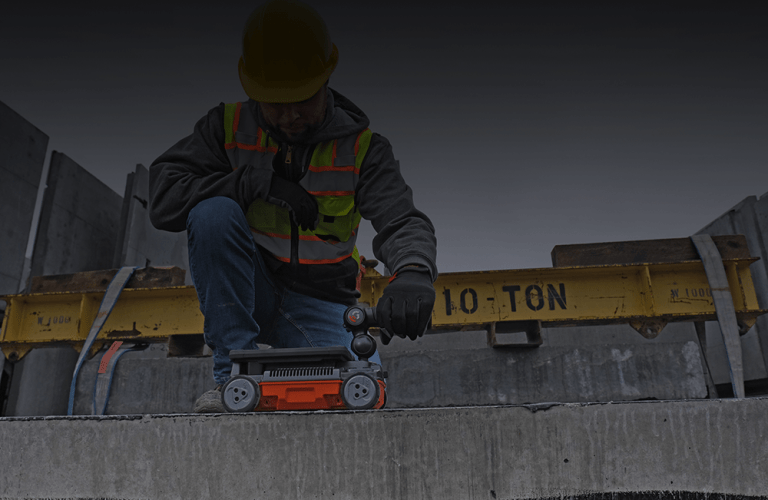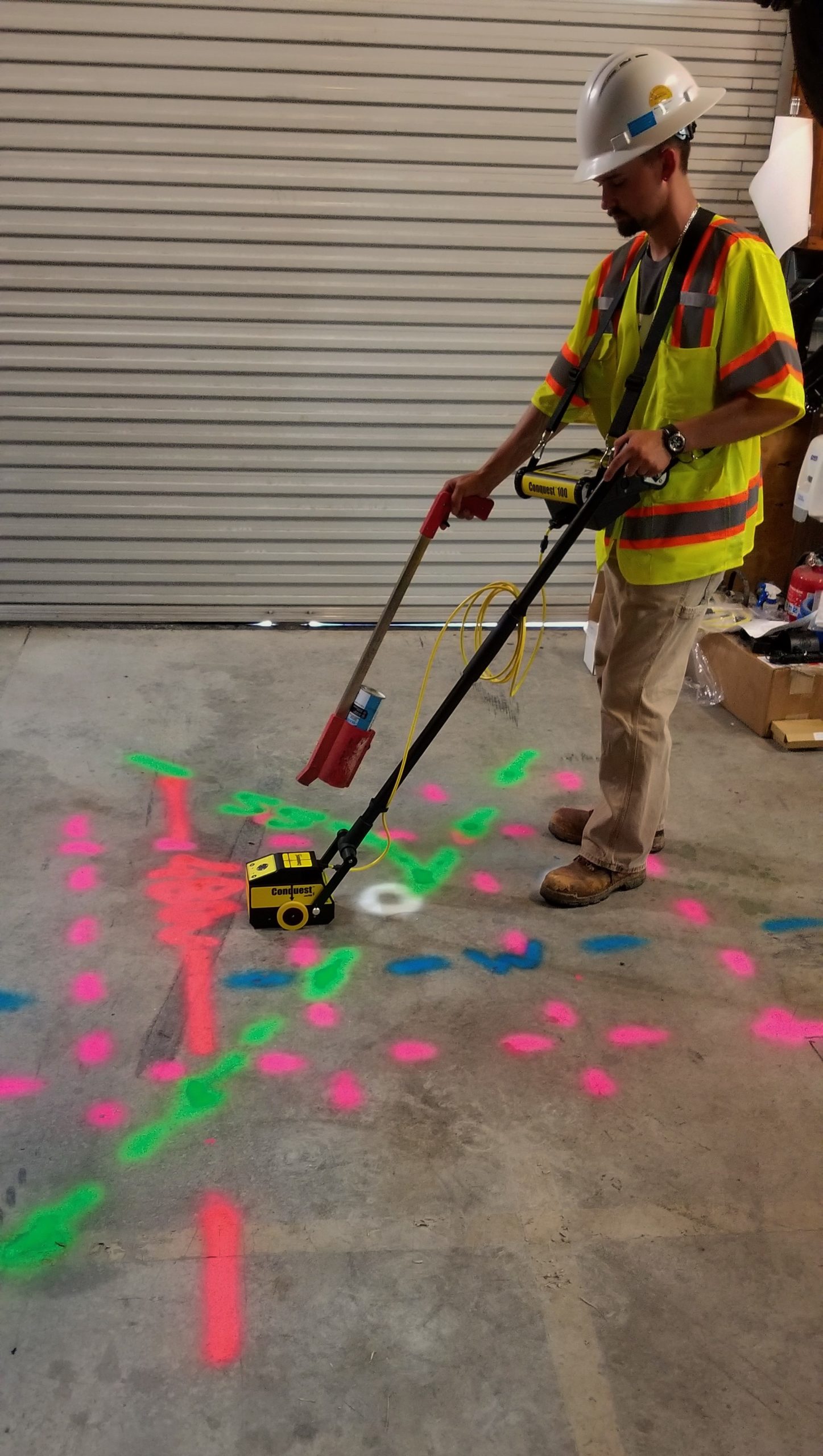Concrete Scanning: A Vital Action In The Direction Of Ensuring Structural Stability and Safety And Security
In the world of building and construction and facilities maintenance, the relevance of concrete scanning can not be overstated. This thorough procedure holds the vital to revealing potential risks concealed underneath the surface area of relatively strong structures. By employing sophisticated innovation and methods, concrete scanning serves as a critical tool in ensuring that the honesty and safety of bridges and structures are supported to the highest criteria. Nonetheless, past its surface-level effects, the role of concrete scanning extends much much deeper than fulfills the eye.
Importance of Concrete Scanning
Concrete scanning plays a critical role in ensuring the structural stability and safety of structures and infrastructure tasks. By using sophisticated innovations such as ground-penetrating radar (GPR) and electro-magnetic induction, specialists can non-destructively inspect concrete frameworks to find potential defects, gaps, embedded items, and support design. This process allows early discovery of anomalies that can compromise the stability of a framework, preventing costly damages and making sure the security of owners.
Concrete scanning is especially vital throughout the planning and construction phases of a job. Prior to boring, cutting, or coring into concrete, scanning helps recognize the exact locations of rebar, post-tension cords, and other embedded components, minimizing the danger of accidental hits that can result in architectural weaknesses. Additionally, concrete scanning help in quality assurance by verifying the thickness of concrete covers and detecting any kind of disparities that may affect the general resilience of the framework. Ultimately, purchasing concrete scanning solutions is not only a positive measure to mitigate risks however also a fundamental step towards keeping the long-term security and security of structures and facilities.
Technology for Concrete Assessment

Advantages of Very Early Discovery
Timely detection of architectural issues can dramatically alleviate dangers and make sure the durability of building and construction tasks. By recognizing prospective troubles early in the building procedure, stakeholders can take aggressive actions to deal with issues prior to they rise right into larger and a lot more costly issues. One of the key benefits of very early discovery is the prevention of structural failings, which can posture severe safety threats and lead to project delays and monetary losses.
In addition, early detection allows for timely repair services and upkeep, which can help expand the lifespan of the structure. By resolving issues quickly, building and construction groups can prevent pricey fixings read more or perhaps the need for premature substitute of structural parts. This aggressive approach not only conserves time and cash but likewise enhances the overall security and resilience of the construction task.
In addition, early detection can improve job planning and decision-making by giving stakeholders with beneficial insights right into the problem of the framework. Equipped with this info, task supervisors can make educated selections relating to construction timelines, materials, and techniques, bring about more effective and efficient task outcomes.
Guaranteeing Structural Stability
Making certain the structural security of a building project is critical to its safety and security and durability. Architectural stability refers to the ability of a structure or infrastructure to maintain its type and function under ecological conditions and numerous loads. To attain this, complete analysis and monitoring of the structure are essential. Concrete scanning plays a crucial duty in guaranteeing architectural stability by identifying potential problems such as gaps, delamination, or support corrosion that might jeopardize the stability of the framework in time.
By utilizing innovative scanning technologies like ground-penetrating radar (GPR) and electromagnetic induction, building and construction professionals can non-invasively check concrete frameworks to identify locations of issue beneath the surface area. This aggressive strategy permits the early discovery of weaknesses or issues, making it possible for prompt repairs or reinforcement to avoid structural failings.
Normal concrete scanning throughout different building phases and throughout the life process of a framework click this link can aid maintain its stability, reduce threats, and ensure the safety and security of owners. By prioritizing architectural stability via concrete scanning, building projects can enhance their durability and toughness, ultimately adding to better safety and security and long life.

Avoiding Crucial Failures
Carrying out regular evaluations, such as concrete scanning, can expose surprise flaws like gaps, fractures, or deterioration that could jeopardize the integrity of a structure. By utilizing advanced scanning technologies like Ground Penetrating Radar (GPR) or Concrete X-ray, designers can non-destructively assess the problem of concrete and determine weak points that call for reinforcement or repair work.

Verdict
Finally, concrete scanning plays a vital role in making sure structural integrity and security by using advanced technology for very early discovery of possible concerns. This positive approach aids avoid critical failings and ensures the stability of frameworks. It is vital to prioritize concrete examination as a standard method to shield the longevity and safety and security of buildings and facilities.
Concrete scanning plays a critical duty in ensuring the architectural honesty and safety of structures and facilities projects. Additionally, concrete scanning help in quality control by confirming the density of concrete covers and identifying any kind of inconsistencies that may influence the total resilience of the framework. Concrete scanning plays a vital function in making sure architectural stability by discover here spotting prospective concerns such as spaces, delamination, or support corrosion that could jeopardize the stability of the framework over time.

In verdict, concrete scanning plays a vital duty in ensuring architectural stability and security by making use of advanced innovation for early detection of prospective concerns.